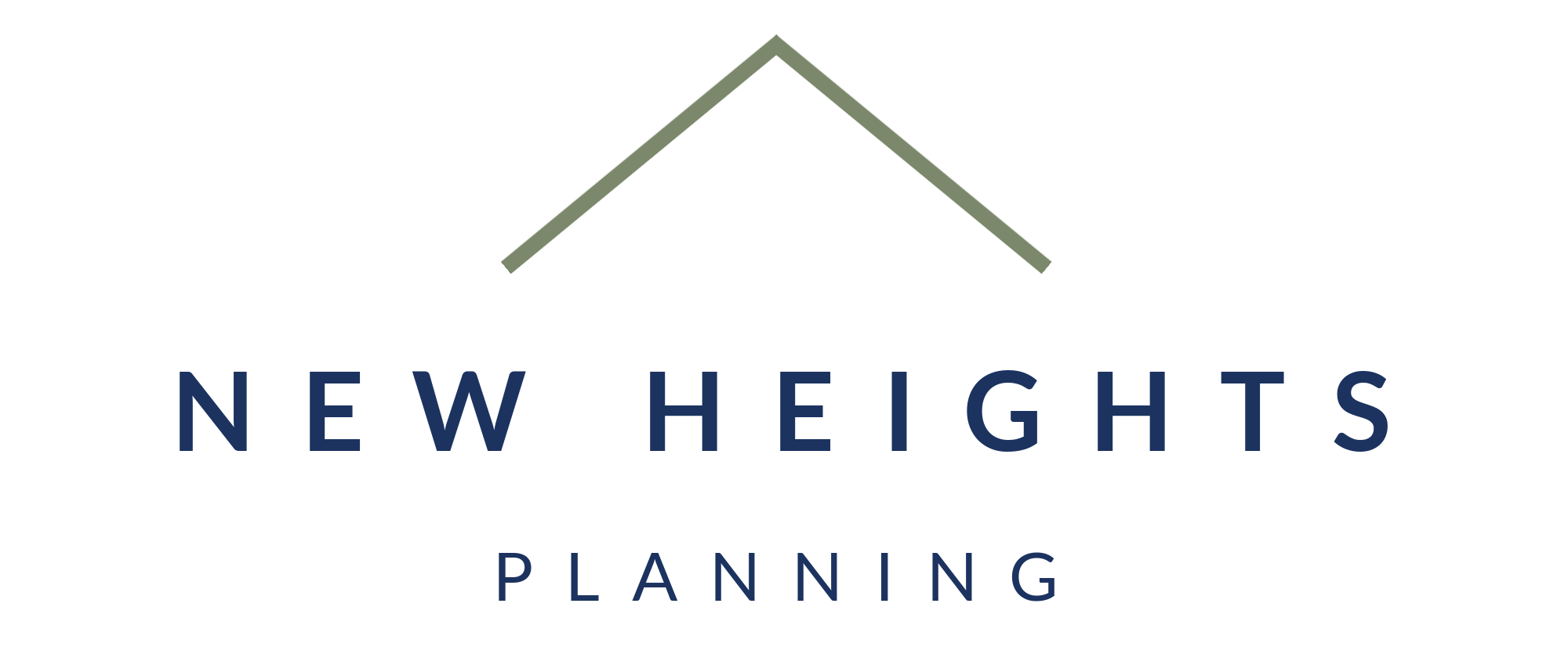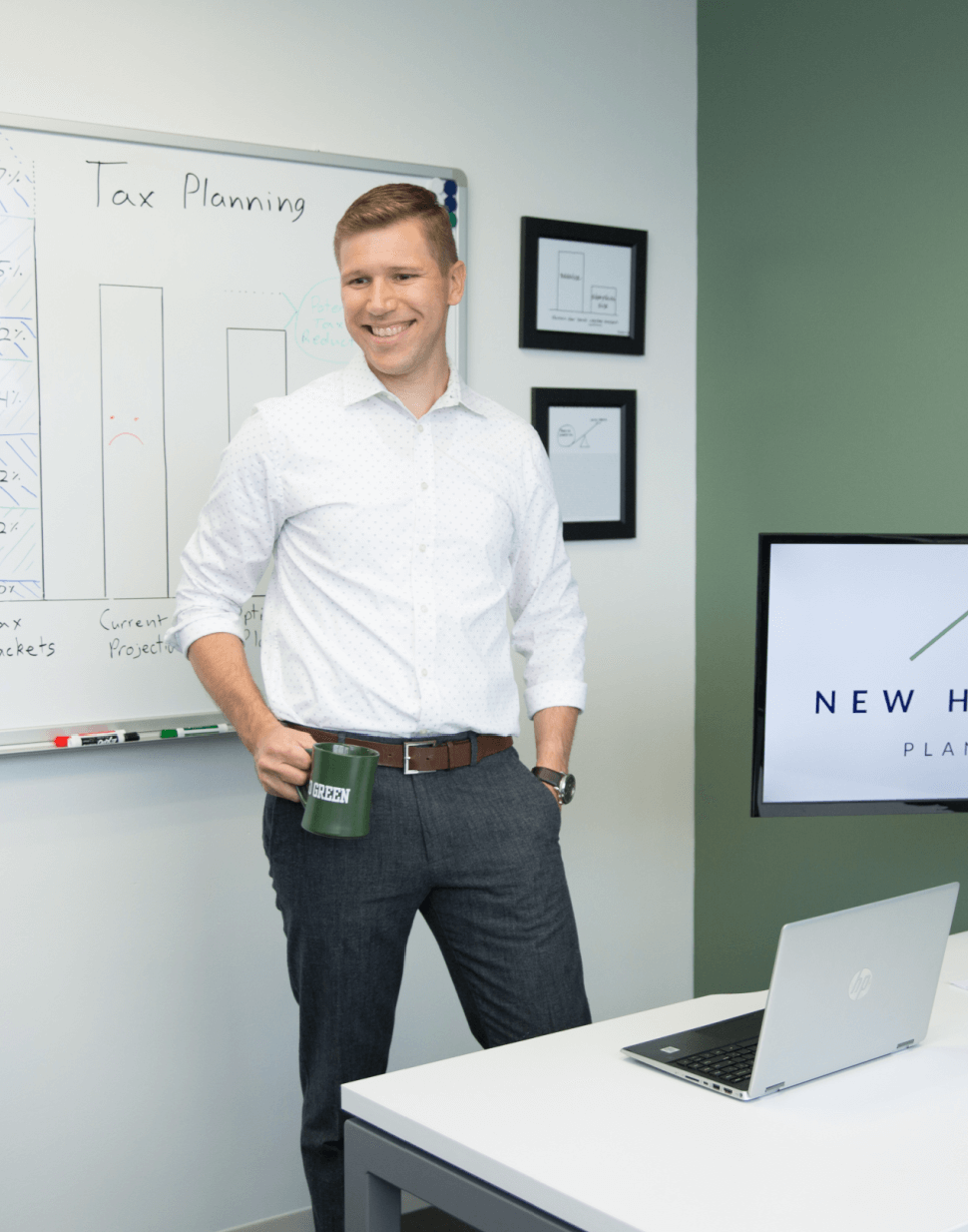Mega Back Door Roth – Part 3
After-Tax 401(k) Contributions: Mega Back Door Roth – Part 3
See part 1 and part 2 of this video series.
Full Transcript
I just did my mega back door Roth, but now I have a huge tax bill. What happened?
This is my final video series on the mega back door Roth. In the first two videos, I talked about the three different buckets for your 401(k) contributions, and how to do a mega back door Roth within your 401(k). Now, in this video, I’m going to talk about some common pitfalls and mistakes that people make when doing the mega back door Roth.
The opportunity to save on taxes is enormous with this technique, but at the same time, there are pitfalls, and those can be severe. Make sure you talk with your tax and financial professionals regarding your unique situation. Today, we’re going to go over three potential pitfalls for doing a mega back door Roth.
The first pitfall is when you have a large after-tax balance within your 401(k). There are two issues with this. One, if you convert the entire amount and there’s a material amount of growth as a percentage of that entire amount, you are taxed on all of that growth. This will put you into a higher tax bracket that year, and can give you a surprise tax bill when you file. Next, if you only convert a portion of that, the IRS then looks at a pro-rata amount of contribution versus growth, and you are taxed on that pro-rata percentage of the growth. Either way, these surprise tax bills are unpleasant, and can put you in a much higher tax rate, reducing your ability to save.
The next pitfall that I see is that you can potentially miss out on your company match. This is very dependent to your specific plan. There are two ways you miss out on the match. One way of missing out is if you contribute too much to the after-tax bucket and you hit the total IRS contribution limit for all sources. Now, luckily, with Shell’s plan, they cap your after-tax contribution, so this can’t happen if you’re only active contributions are to your Shell 401(k). Now, the other thing is that some plans, they have provisions in there when you do the conversion themselves. For example, with Chevron, they will temporarily suspend contributions including the company match, if you do an in-service distribution of your after-tax dollars, i.e., the rollover into your Roth IRA. So, by missing out on the company match, that is a way of losing free money when doing the mega back door Roth.
Now, the third pitfall that I see is improper tax reporting. All tax planning is not complete until it is properly reported when you file your taxes. The easiest way of messing this up is not realizing there’s a 1099R out there or the numbers within that form getting put in the wrong spaces on your tax return. I encourage you to ensure that your financial professional is reviewing your tax return and coordinating with your tax preparer to make sure that your tax preparer has all of the right information. One common mistake here is that your 1099R for your 401(k) at Fidelity is under the NetBenefits portion of their site and not with the rest of your 1099’s in Fidelity’s site. If you do anything within your 401(k) after-tax or conversion standpoint, please make sure you’re looking at both sites and giving all of those 1099s to your tax preparer.
If you would like to learn more about the potential pitfalls and how to avoid them and successfully capitalize on this massive tax opportunity, please reach out to me.



